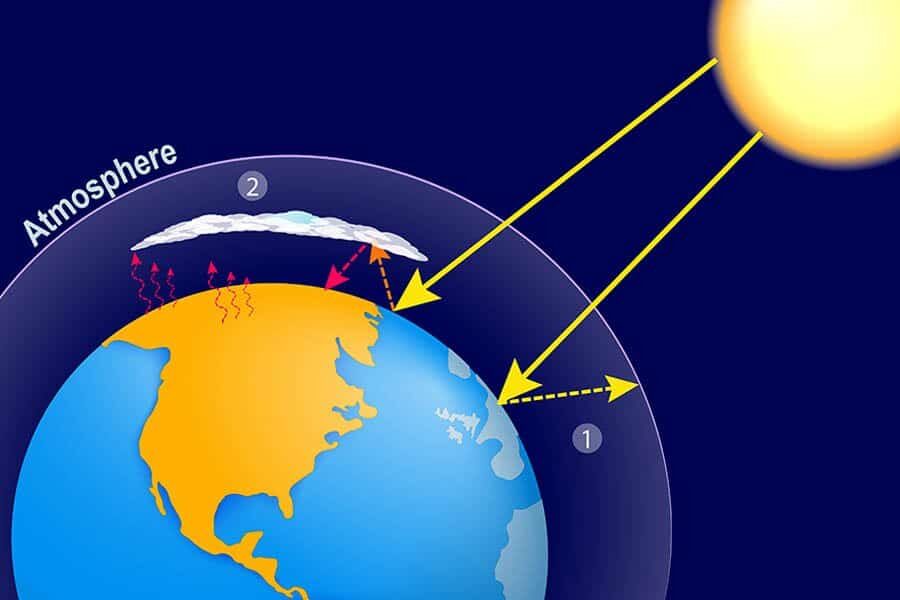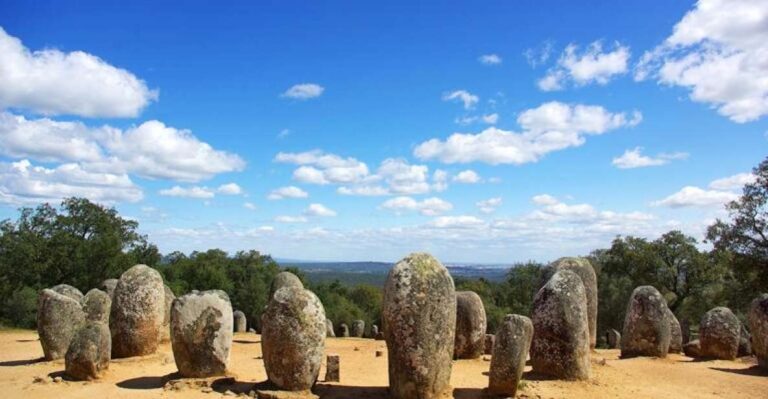12 Atmosphere Facts | Facts about the Earth's Atmosphere – Odyssey Magazine
Learning about the atmosphere that surrounds the Earth is important. Not only for studying purposes, but it also helps us understand the way that the world works, and how much the Earth and we humans rely on its atmosphere to protect us.
Situated as the third planet away from the Sun in our solar system, the reality is that Earth’s position has proven to be the ideal habitat for humans and other animals to live. With global warming becoming an increasingly common subject matter amongst scientists, it is important that we understand how our atmosphere actually works.
And the truth is that there is nothing else out there quite like Earth’s atmosphere, which has allowed life to form on our planet. Let’s look at some facts about the atmosphere.
- It’s thought that the atmosphere that surrounds the Earth has been there since its formation 4.5 billion years ago.
- However, our atmosphere has developed and changed a lot through time. It’s thought that Earth’s original atmosphere was just carbon dioxide, with smaller amounts of oxygen.
- Earth’s atmosphere is estimated to weight around 5.5 quadrillion tons.
- Most of this weight is held in the Troposphere, which is the level closest to Earth.
- The activity of humans, like burning fossil fuels, has a big effect on the atmosphere that surrounds us.
- The named atmosphere comes from the Ancient Greek word atmos, meaning Vapour, and sphaira, meaning sphere.
- Our wind and clouds are all a result of our atmosphere – the wind is caused by differences in atmospheric pressure.
- The atmosphere extends out from the surface to a distance of around 10,000km.
- 420 million years ago, the change in atmosphere caused the first major extinction, which wiped out 23% of all marine animals.
- There used to be a lot more oxygen in our air, and the level is declining according to scientists.
- The mesosphere has the coldest temperature of the atmosphere that surrounds our entire planet, where the temperatures decrease to as low as -173°.
- We refer to the gases that help Earth maintain a temperature that’s habitable for humans as greenhouse gases. They retain enough heat from the Sun that helps to make our coldest temperatures actually not that cold.
We tend to divide the Earth’s atmosphere into five different layers. These are the exosphere, thermosphere, mesosphere, stratosphere and troposphere. The further you get out from Earth, the thinner the atmosphere is.

- Exosphere – The highest layer is referred to as the Exosphere. This part of the atmosphere is comprised of the lightest gases, like hydrogen and helium. The air up there is almost as thin as in space itself.
- Thermosphere – Below this is the Thermosphere, which has extremely high temperatures and is made up of nitrogen at its lower levels, and oxygen and helium at its high levels. The thermosphere is where our International Space Station resides as it orbits around the Earth.
- Mesosphere – In contrast to the thermosphere, the mesosphere is the coldest layer of atmosphere surrounding the Earth. It has a similar gas composition to Earth’s surface, with a lot of nitrogen and oxygen.
- Stratosphere – The Stratosphere makes up around 25% of the total of Earth’s atmosphere, and is home to more than 90% of our Earth’s O-Zone layer.
- Troposphere – The lowest level of our atmosphere is called the Troposphere. It contains most of our Earth’s water vapour, and is 78% nitrogen and 21% oxygen.
Water vapor is actually very important for humans, as it provides us with some warmth (it’s actually another form of heat, second only to the Sun. When heat radiates out from the Earth, it will actually get absorbed by the small water molecules, which eventually finds it way back to the surface of our planet again.
As the heat reaches the Earth from the Sun, it would hit the Earth and bounce off if it were not for the atmosphere. The gases in the atmosphere, like carbon dioxide, prevent the heat from escaping our planet, and keeping it a temperature that humans can cope with. This is necessary for our survival.

This is the reason why Venus is the hottest planet. Although it is the second planet from the Sun and much further away from Mercury, the atmosphere of Venus retains the heat from the Sun, which increases the temperature of the planet to more than that of Mercury.
The atmosphere is the reason that we’re able to live on Earth – its high level of oxygen allows us to breathe (there isn’t as much oxygen available on any other planet). The atmosphere retains the heat which makes our Earth hot enough to live on, and benefits from something called the greenhouse effect, which enables our planet to retain enough heat for us to survive.
The hottest layer in the atmosphere is the Thermosphere, which is the 4th layer from the Earth out of the five layers of our atmosphere. Temperatures in the thermosphere can range from anywhere between 500°c and 2000°c.
The coldest layer of the atmosphere is undoubtedly the Mesosphere. The temperatures at the top of the Mesosphere can reach as low as -90°c. Although it is very cold, it actually has very little water vapour, as only the very highest clouds are found within the Mesosphere.
Most of the Ozone layer can be found in the Stratosphere of our planet. The Ozone layer is important for us, as it absorbs all of the harmful light from the Sun. It is somewhere between 15km and 30km distance away from the Earth itself, and it effectively works as an important shield between us and the Sun. There’s evidence to support that although the Ozone layer has taken damage, it’s actually gradually healing itself over time.
There isn’t much Carbon Dioxide in the Earth’s atmosphere – the atmosphere is approximately 0.04% CO₂. However, this trace of carbon dioxide is extremely important for the Earth, as it helps to trap the heat from the Sun.
To sum it up, learning about our atmosphere can help understand why our weather is like it is, and much more about our planet. Whilst it may not be quite as interesting as what else is further beyond in outer space, it’s still extremely impressive.
Other planets have a much different atmosphere than the one that surrounds our Earth, which results in dramatically different weather (it even causes 2,000kph winds on Neptune!). Though there are things about the planet Venus that makes it similar to ours (its size and gravity), its atmosphere is not, as it is largely made up of carbon dioxide.
The atmosphere on Mars is primarily made up of Carbon Dioxide, but there are trace amounts of oxygen there as well. Although this isn’t enough for humans to survive there, it does make it the most similar to our planet.





